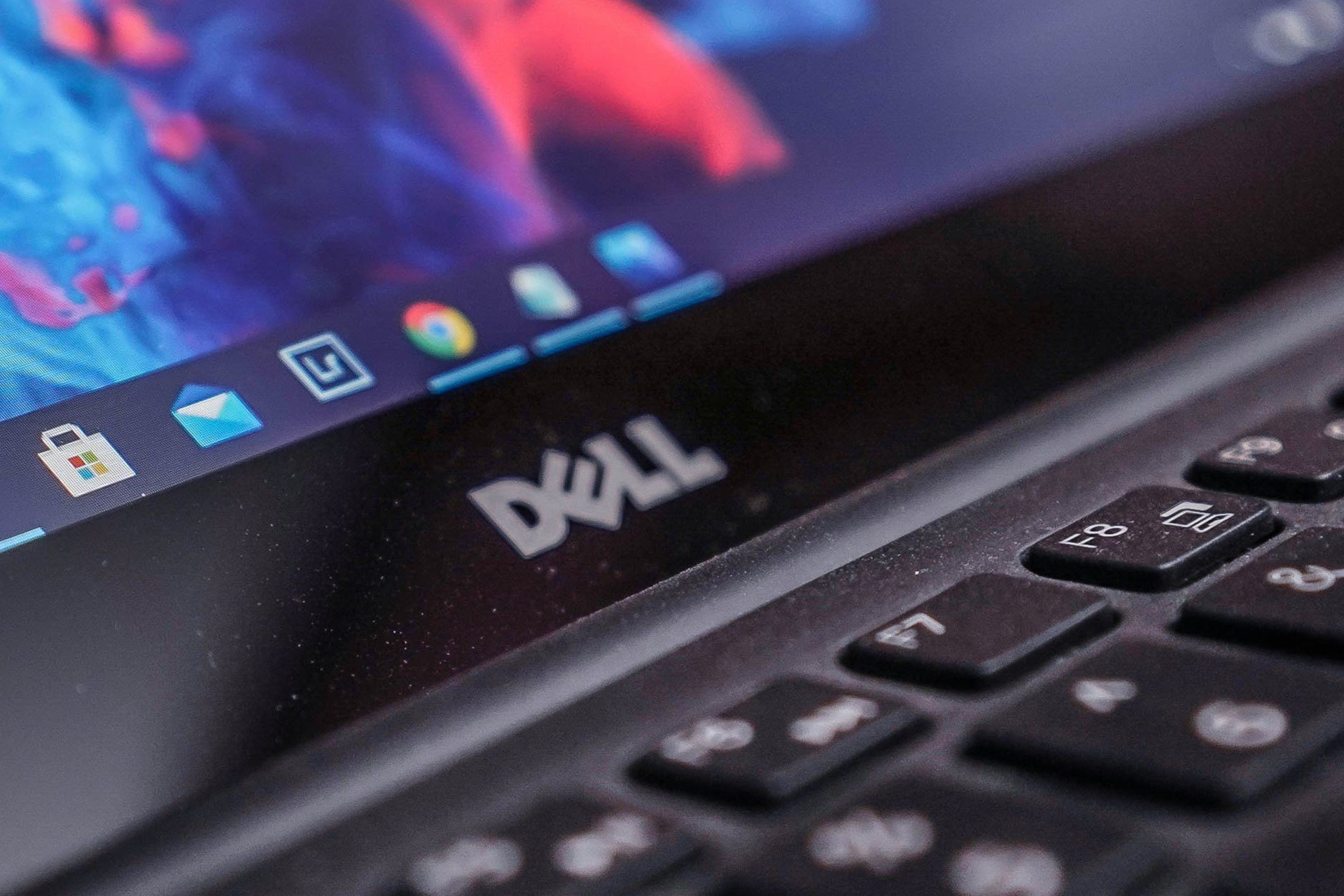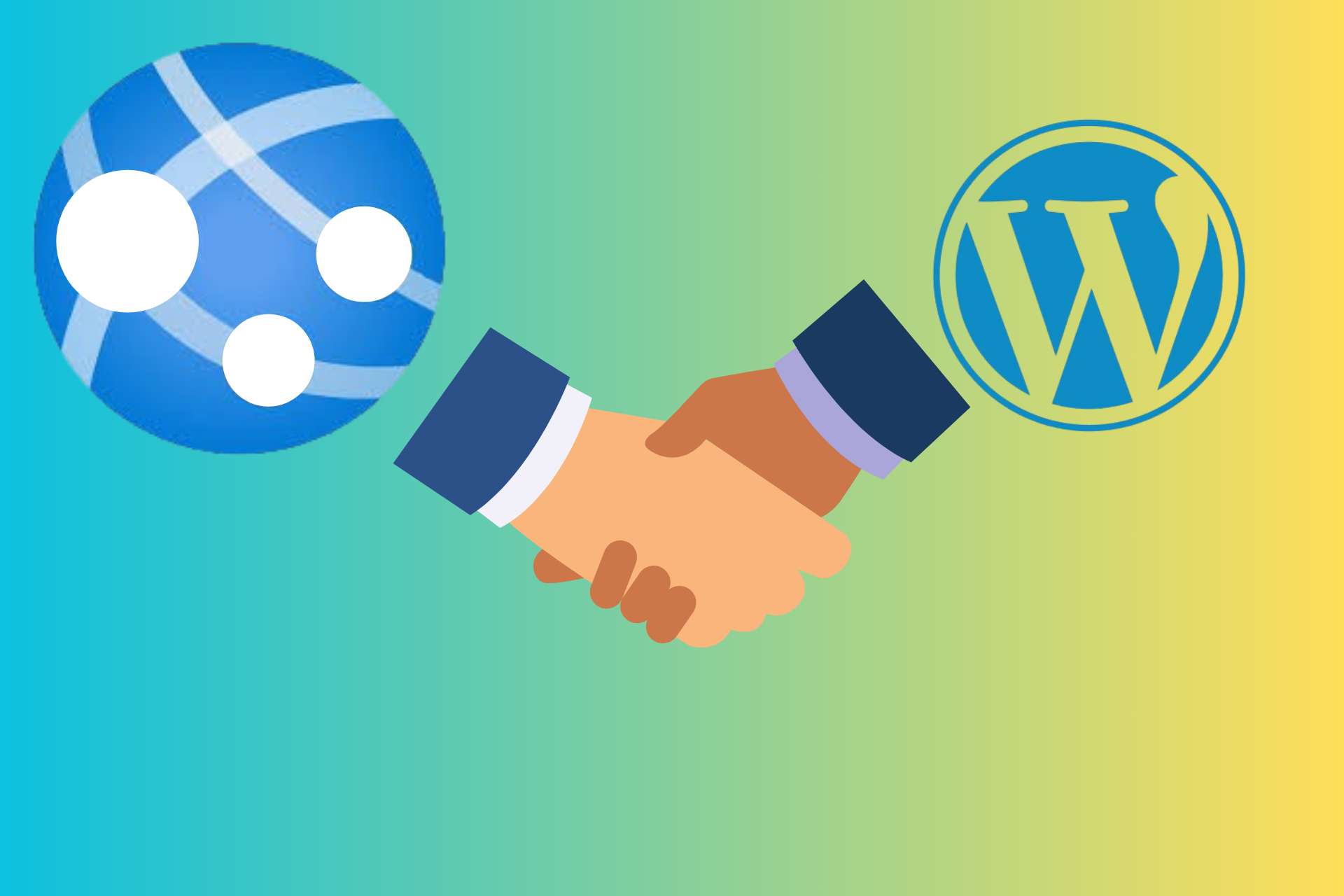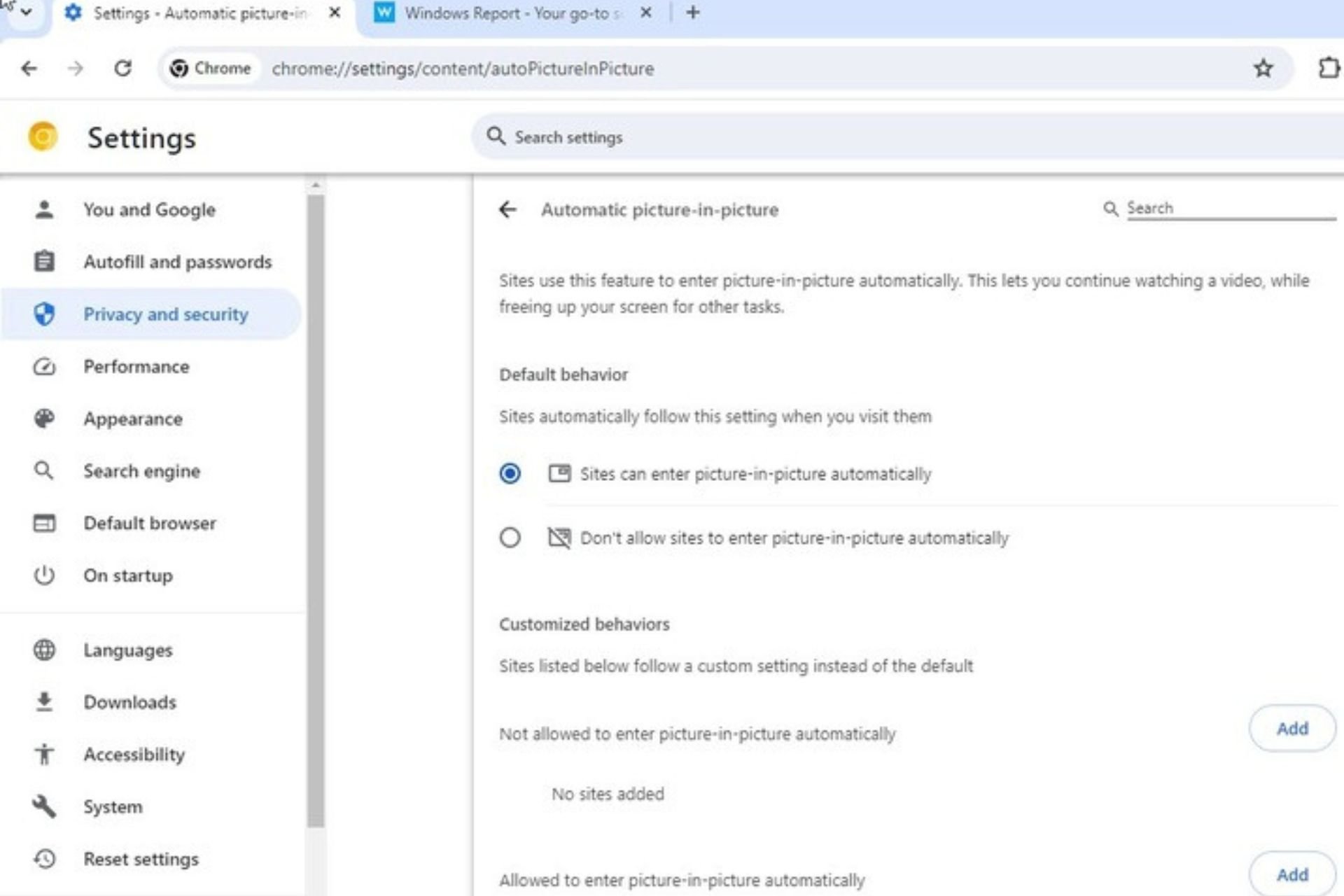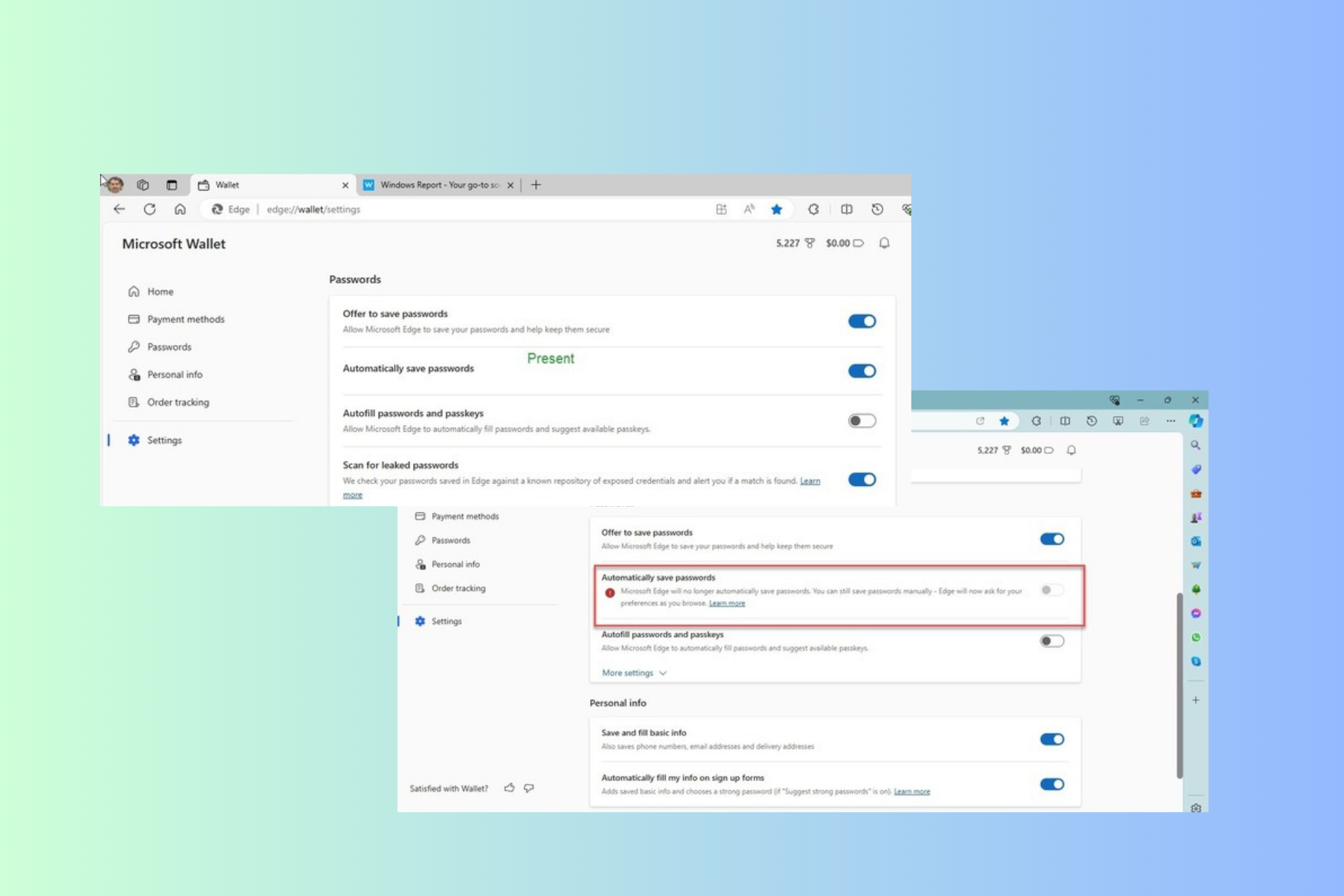Microsoft and Huawei partner to build advanced translation software
3 min. read
Updated on
Read our disclosure page to find out how can you help Windows Report sustain the editorial team Read more

Huawei has been making headlines in the smartphone market in the last couple of years. Its latest addition to the market is the Mate 10, an Android device that has caught the attention of many consumers.
The device has a lot of intriguing features, but one that makes it special is Microsoft Research innovation that’s resulted in an advanced translation tool for Huawei’s flagship.
Neural translations made fully offline
The new Huawei Mate 10 features the Microsoft Translator app integrated into the device. It is not the base version of the software, but rather a custom one built for the Mate 10 capable of providing offline neural translation. Huawei’s Neural Processing Unit technology facilitated the space to make this new feature possible.
According to officials, there are many benefits to using this new feature for translations, like much faster processing times than previously available options. The most important, however, is how the entire process is completely offline, which means that getting competent and comprehensive translations no longer depends on having an internet connection.
Translator capabilities
Out of the box, Huawei Mate 10 users will be able to get great translations for more than 60 languages. There are also 12 languages which benefit from exclusive neural translation packs: Arabic, Chinese, English, French, German, Italian, Japanese and Korean, Portuguese, Spanish, Russian, and Thai. This means that users have a lot of translation options off the bat with no additional steps required between firing up the device and using the Translator app.
More than just a translator
While the Translator app benefits greatly from Huawei’s NPU technology, users should know that it can be used for a lot more than just translating languages. The technology is currently being used in a multitude of other functions and projects, such as intelligent photography, opening a lot of doors with the expectation that more impressive features will be brought forth as a result.
Branching out
It’s no secret that Microsoft didn’t exactly strike gold on the smartphone market with its Lumia and Windows Phone initiatives. Despite not having a competitive smartphone solution as of yet, Microsoft does have many smartphone-based applications and software solutions, and it is known how the company is looking to establish a foothold in the smartphone market by supplying these software solutions to Android and iOS devices.
While Android, and especially Huawei Mate 10 users, are thrilled about this new partnership, it is expected that alliances like this will be created in the future between Microsoft and other high profile tech companies.
We know Microsoft was already inspired by Google and Apple and combined the best from both in Windows 8 and Windows 10 products. As result, we have now great tablets and notebooks from Microsoft. We are waiting now for something new from the collaboration with Huawei.
RELATED STORIES TO CHECK OUT:
- Windows 10 bug causes data loss when moving files on Android phones
- The best USB-C adapter hubs for your Windows 10 PC








